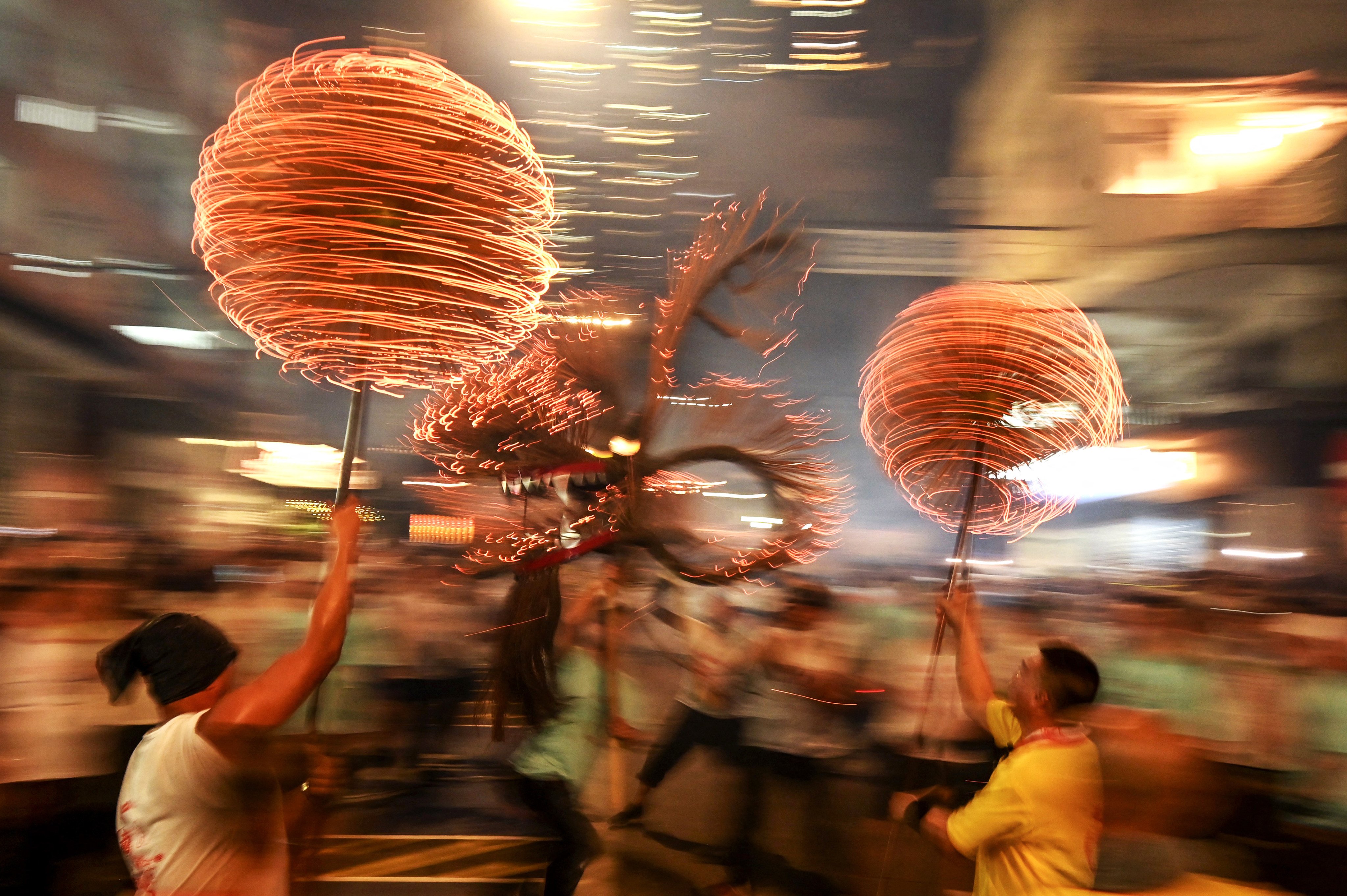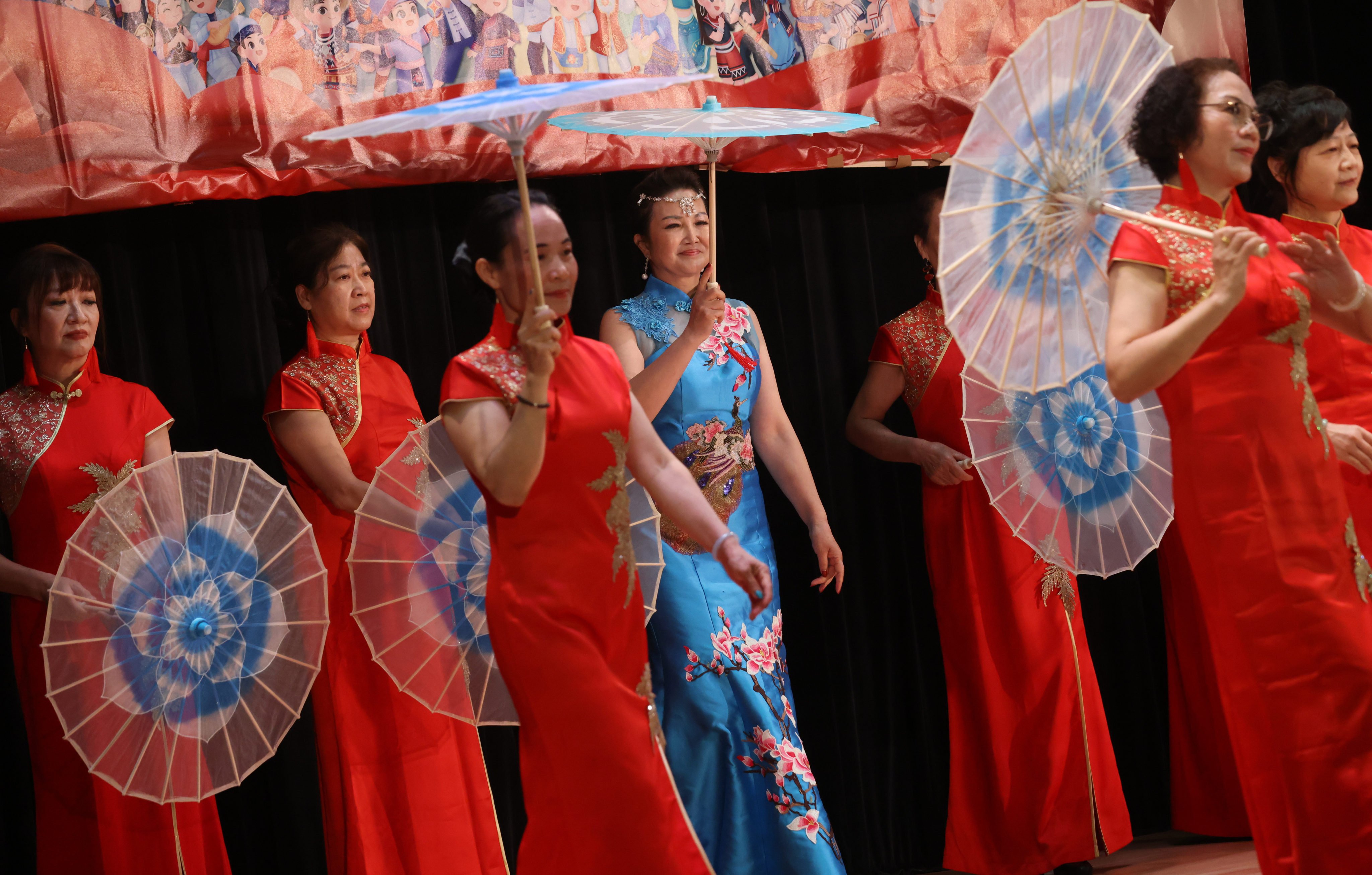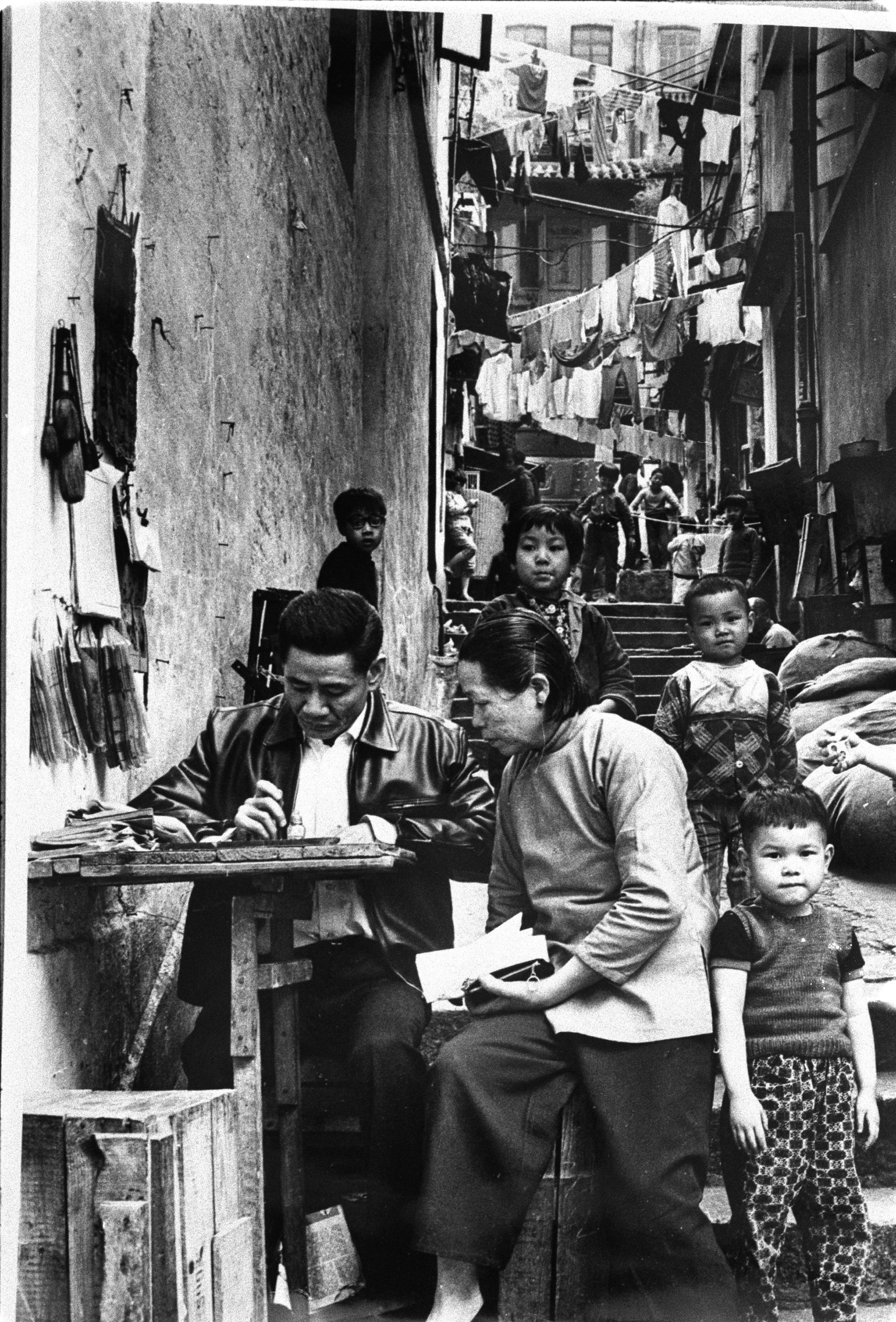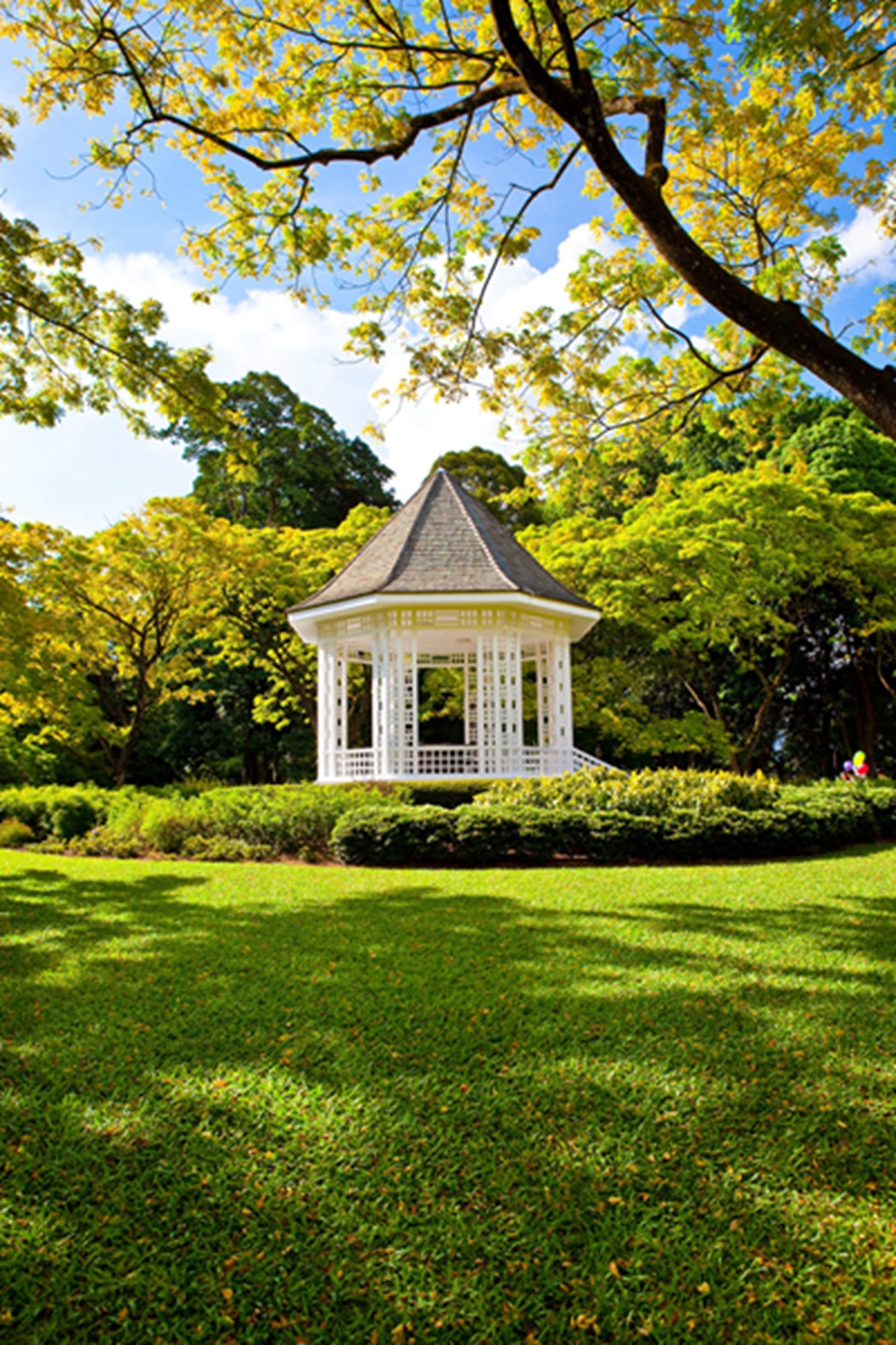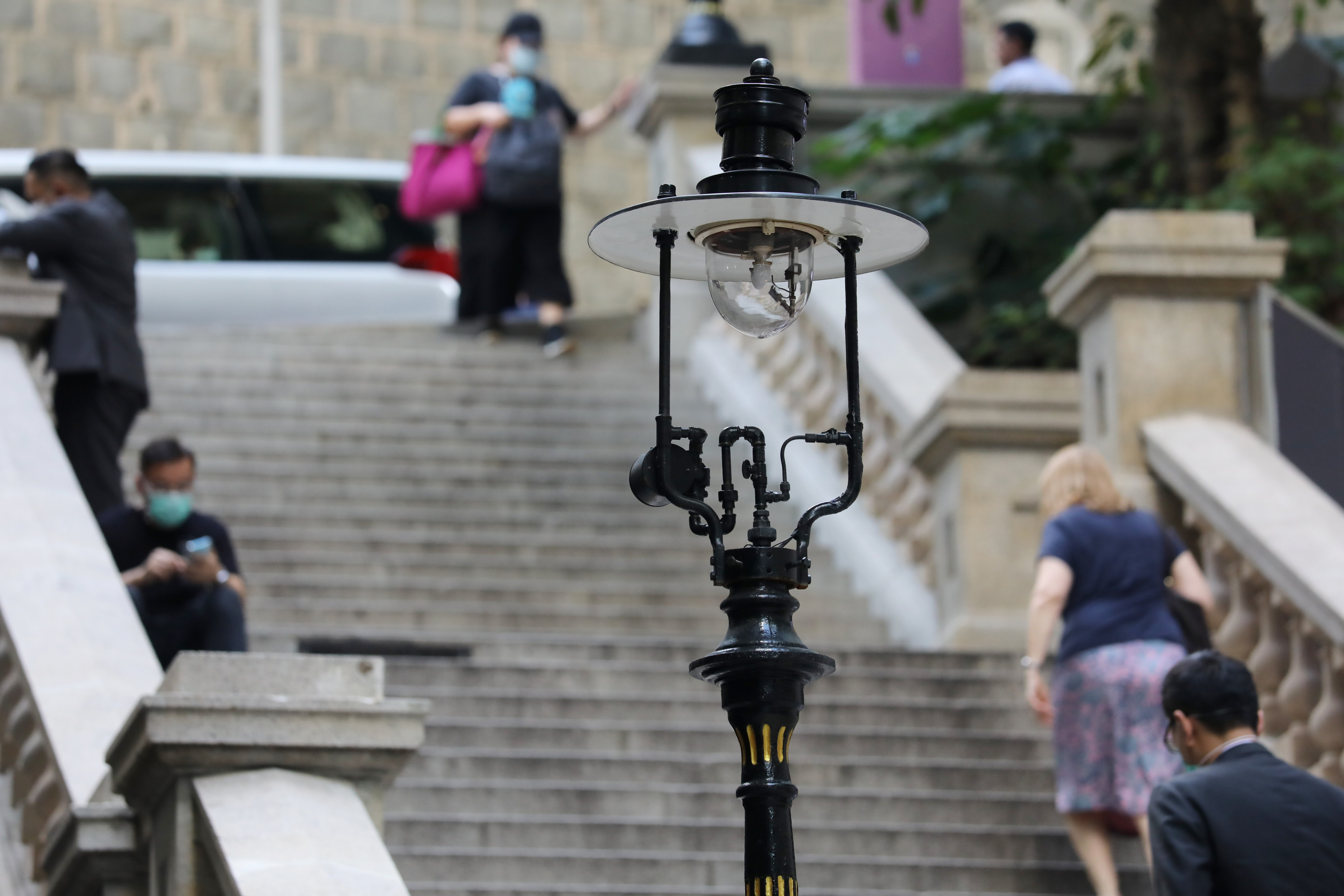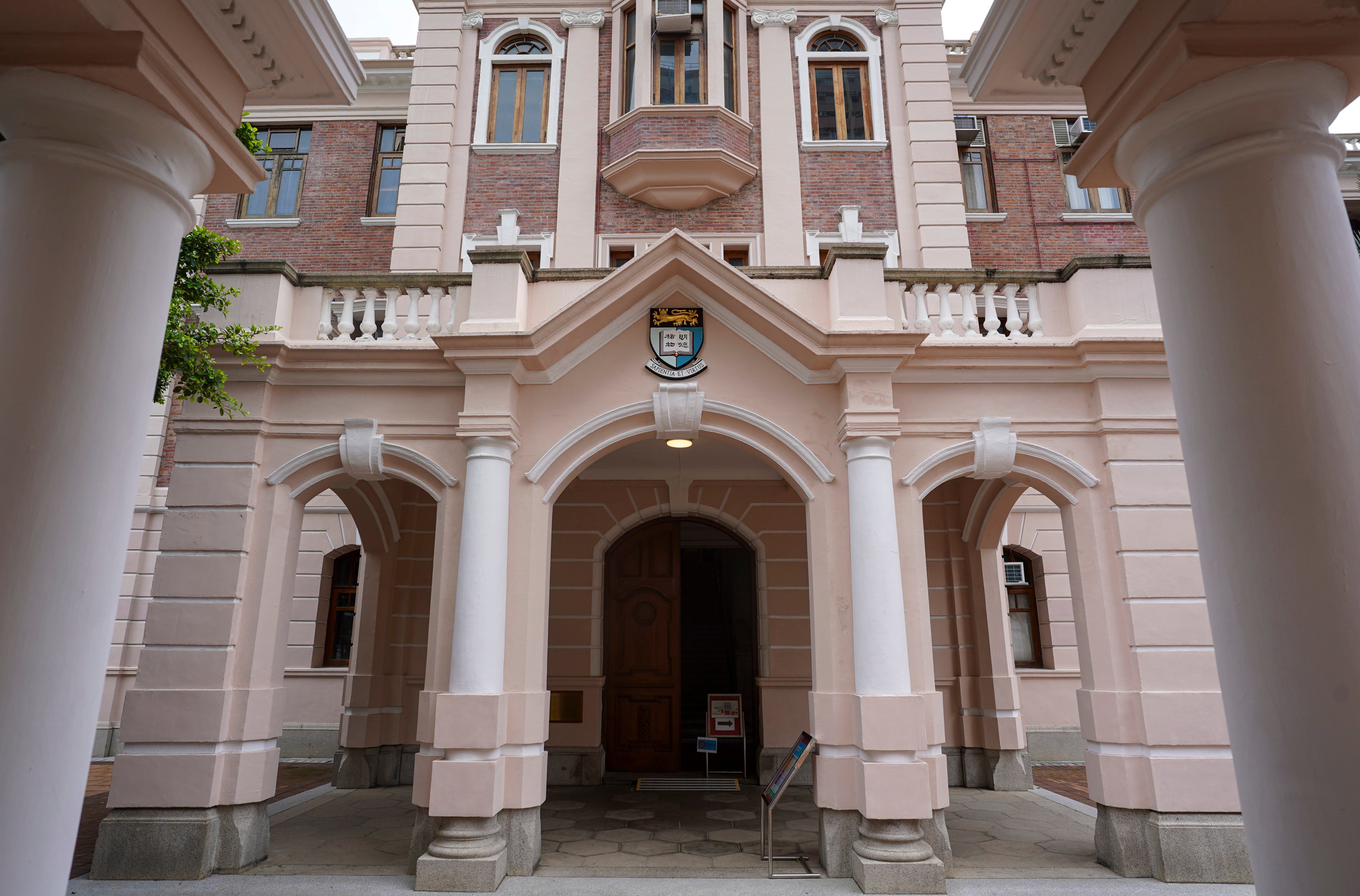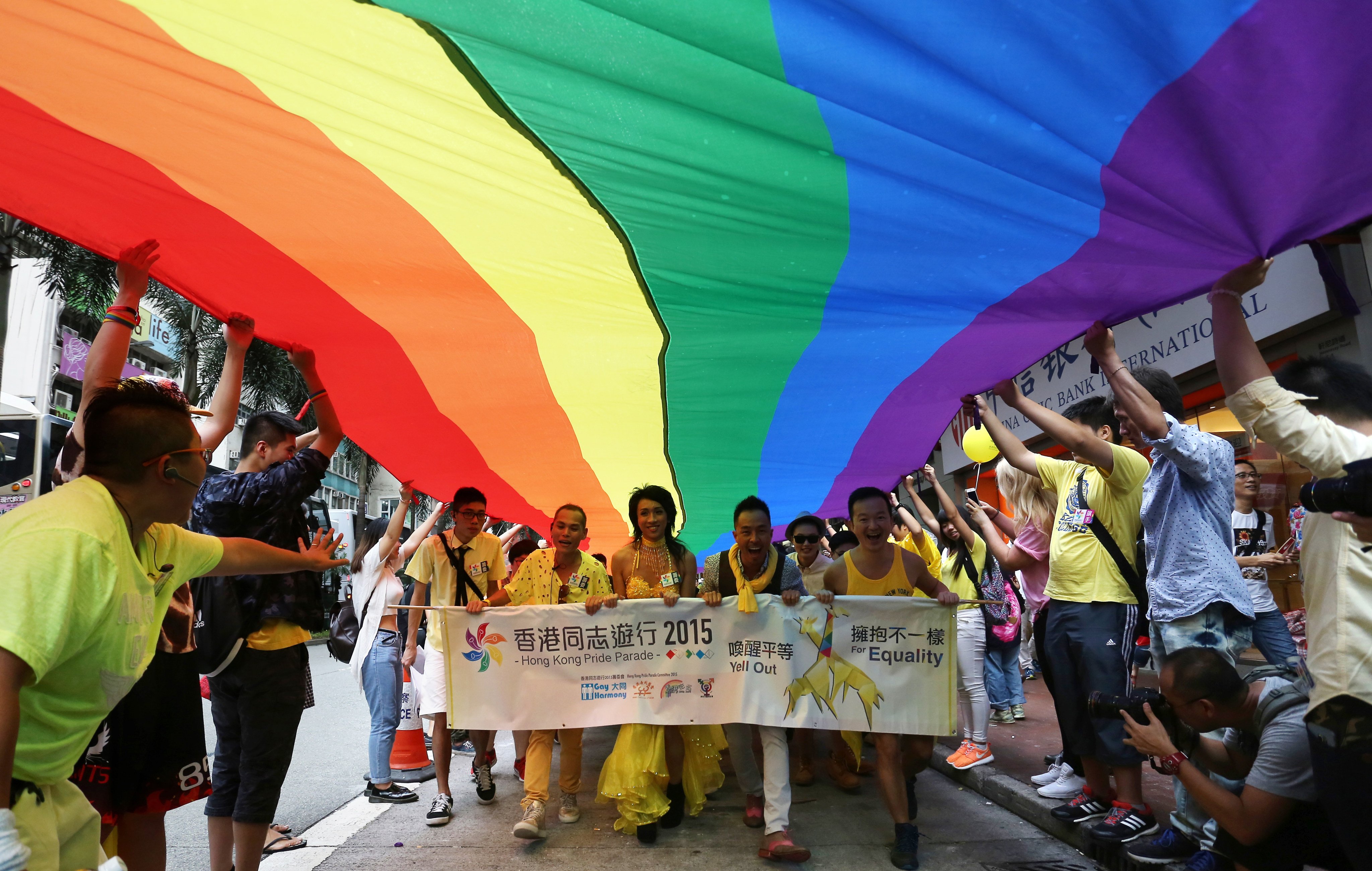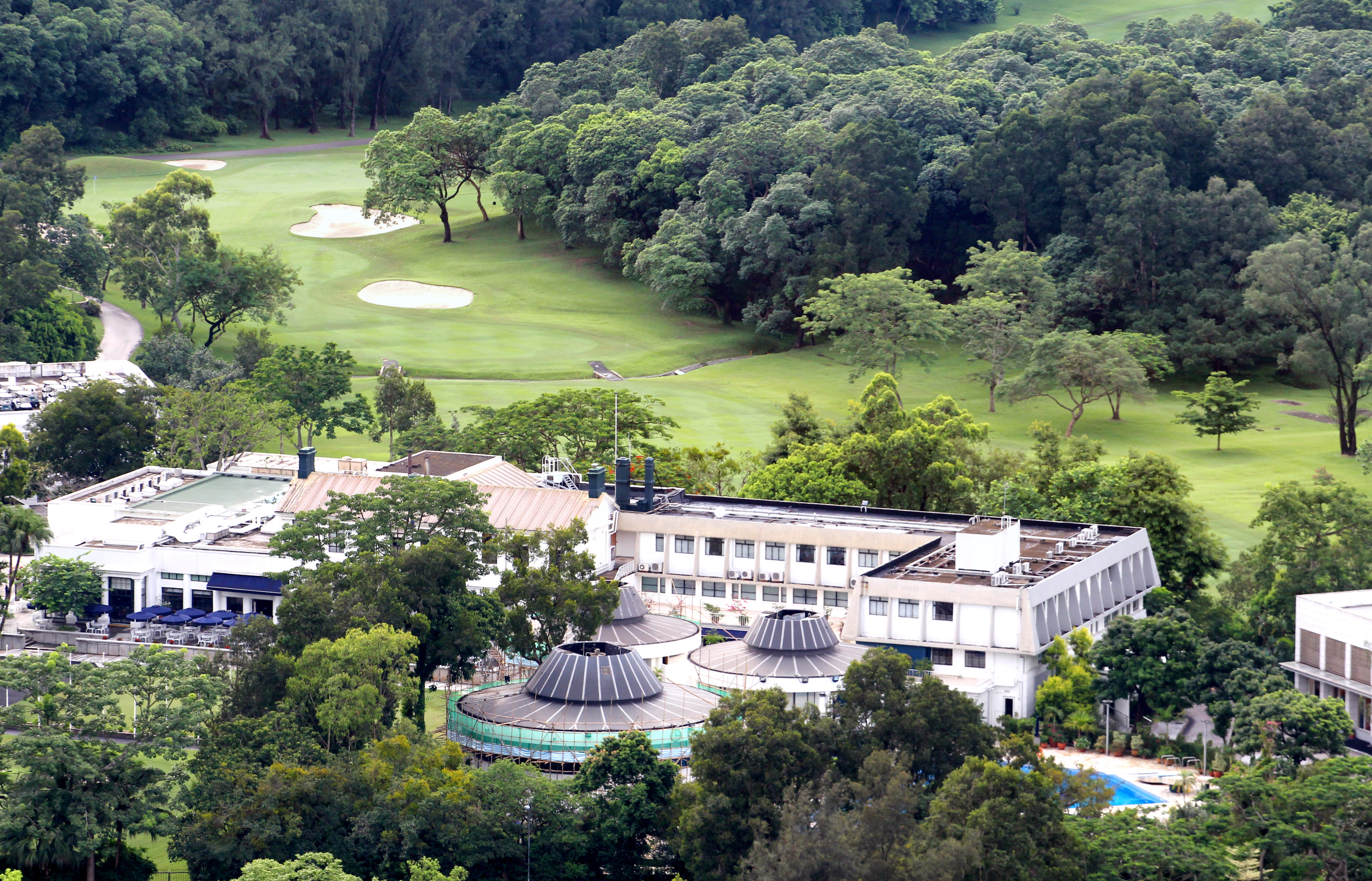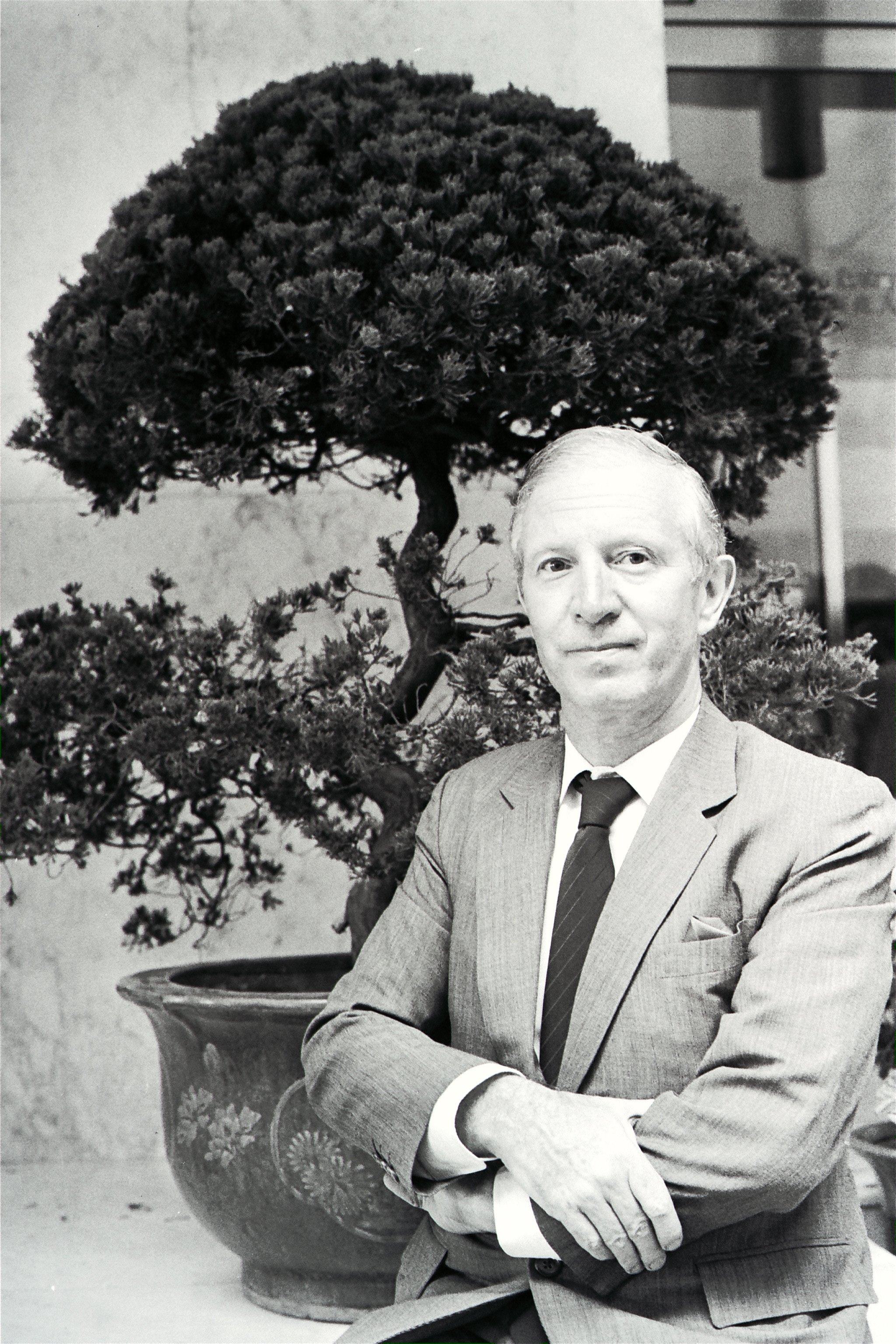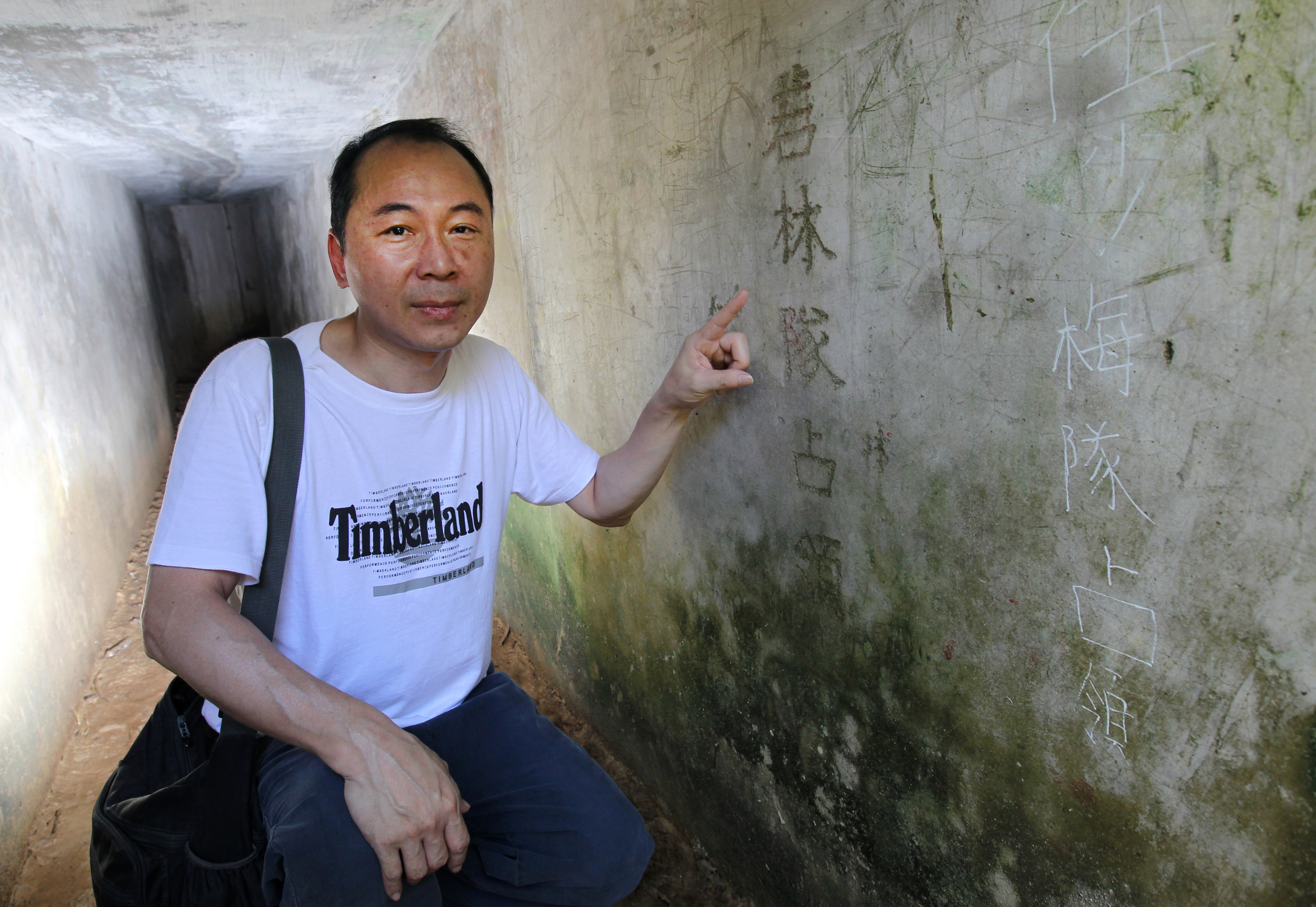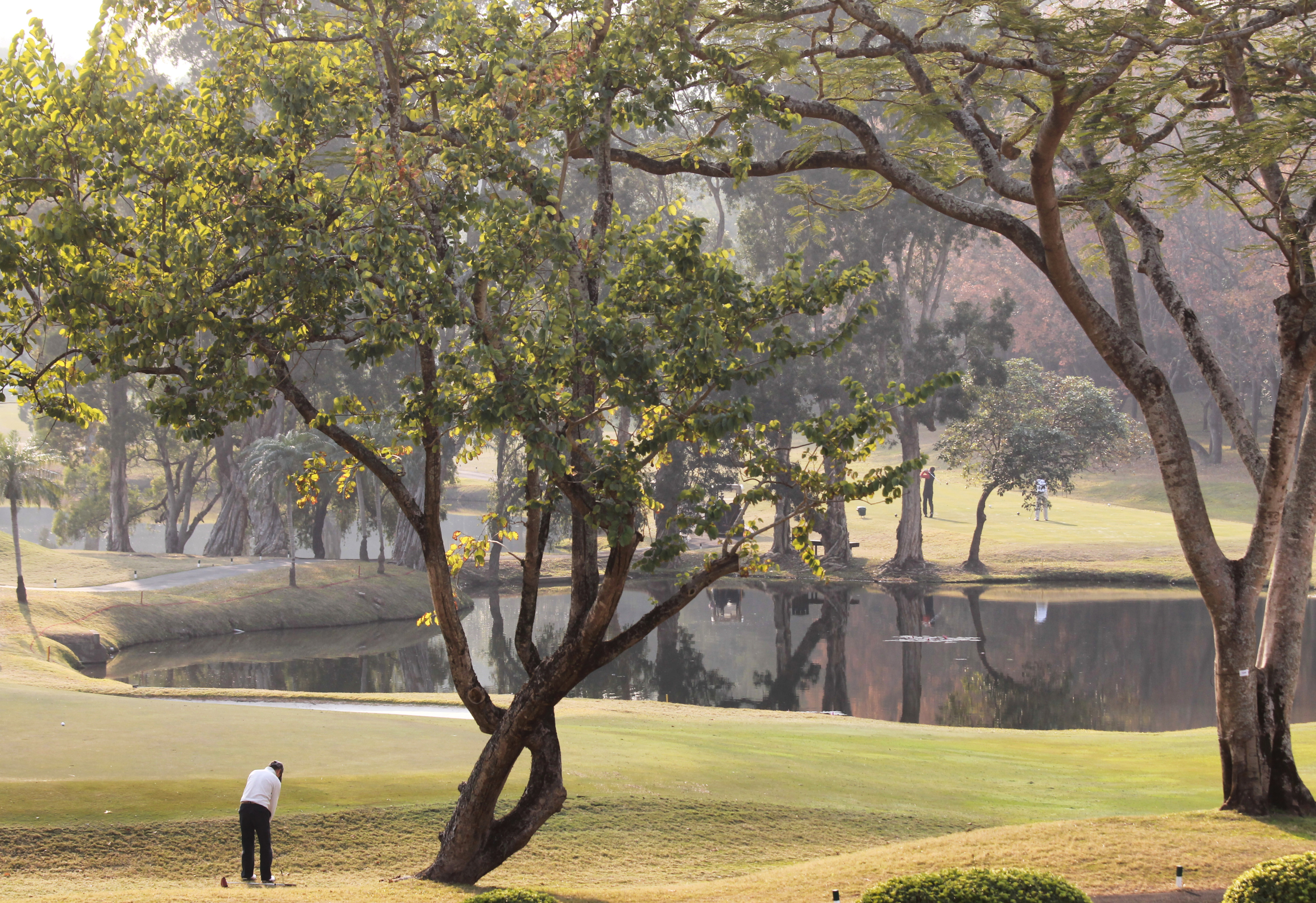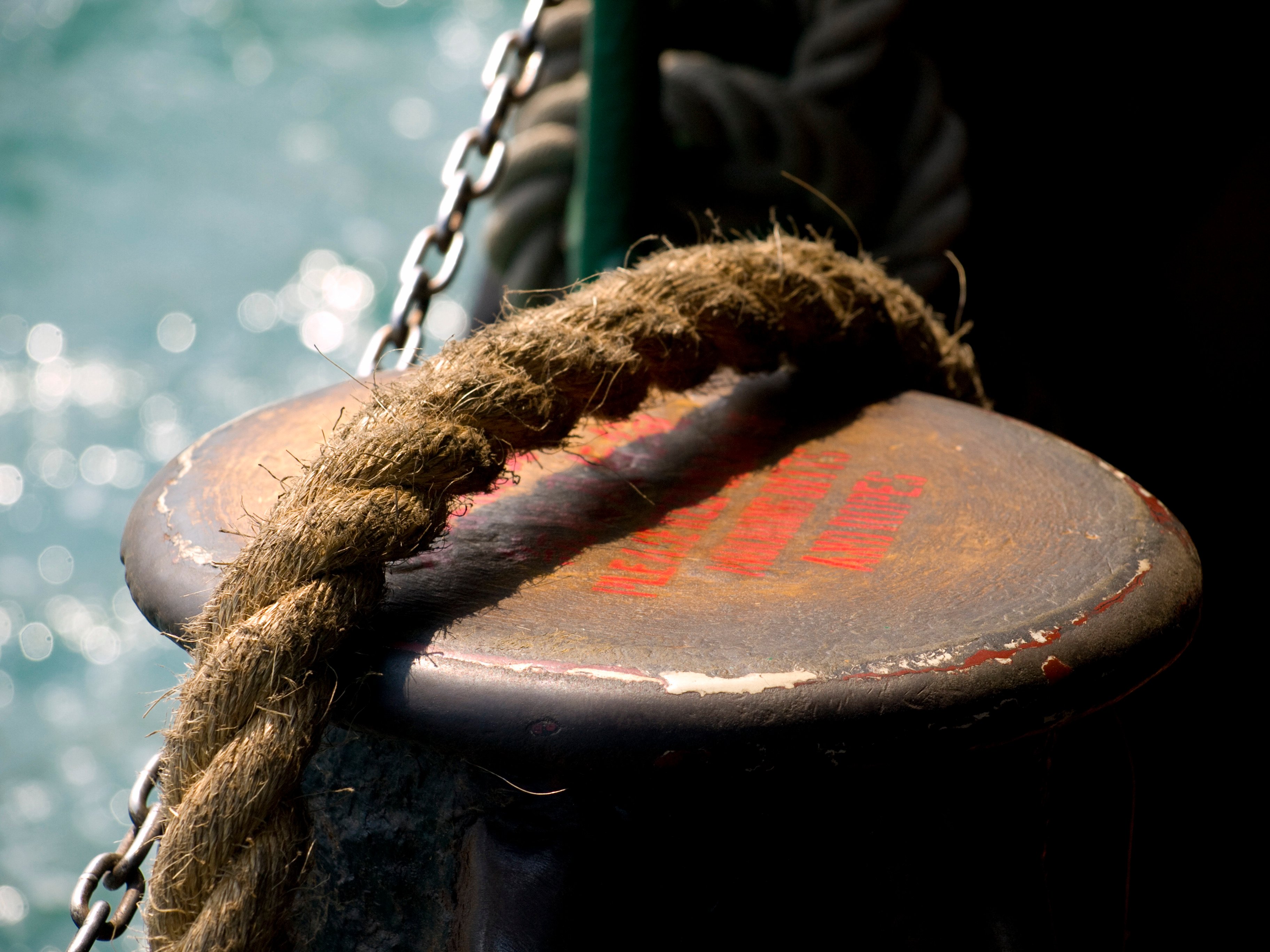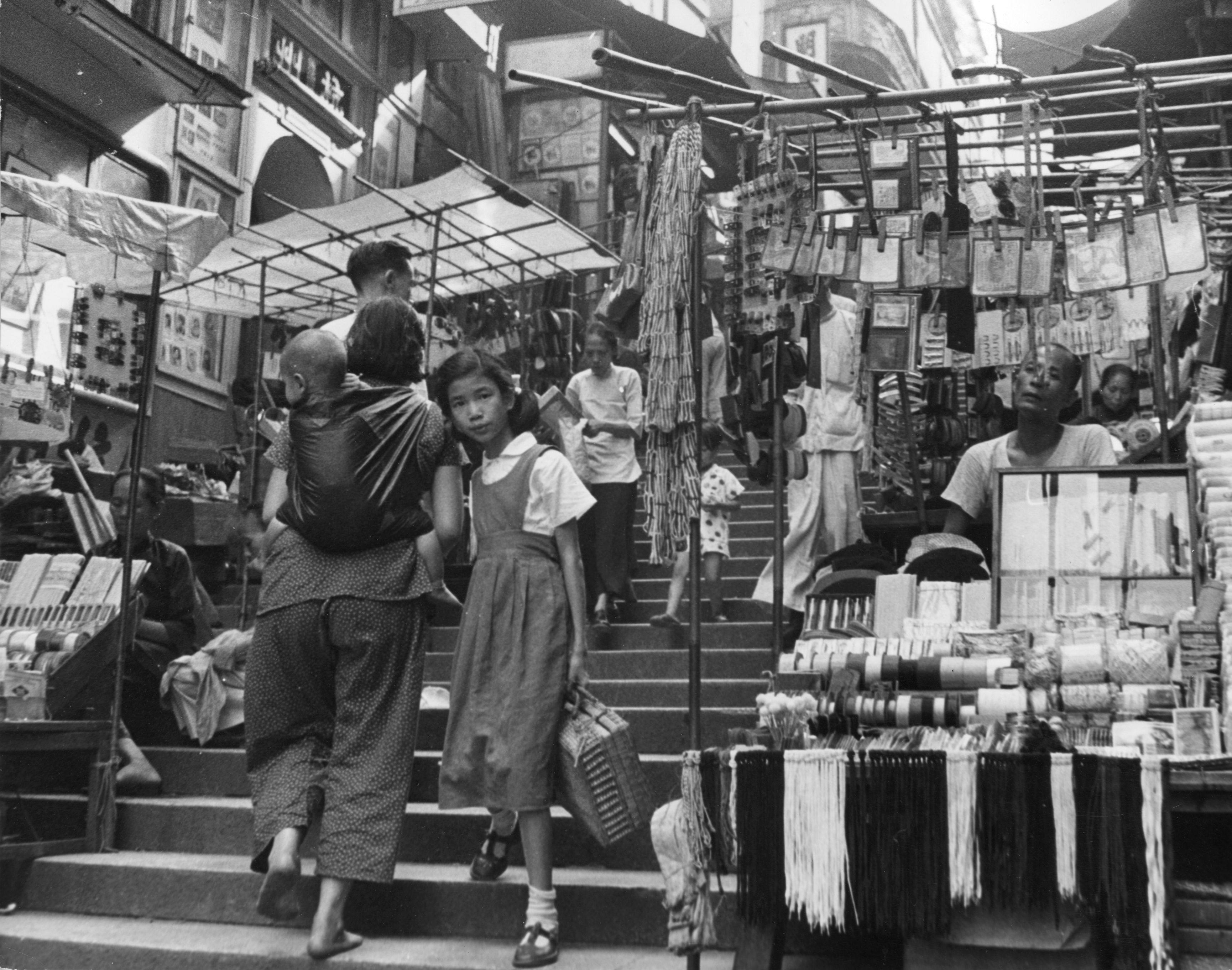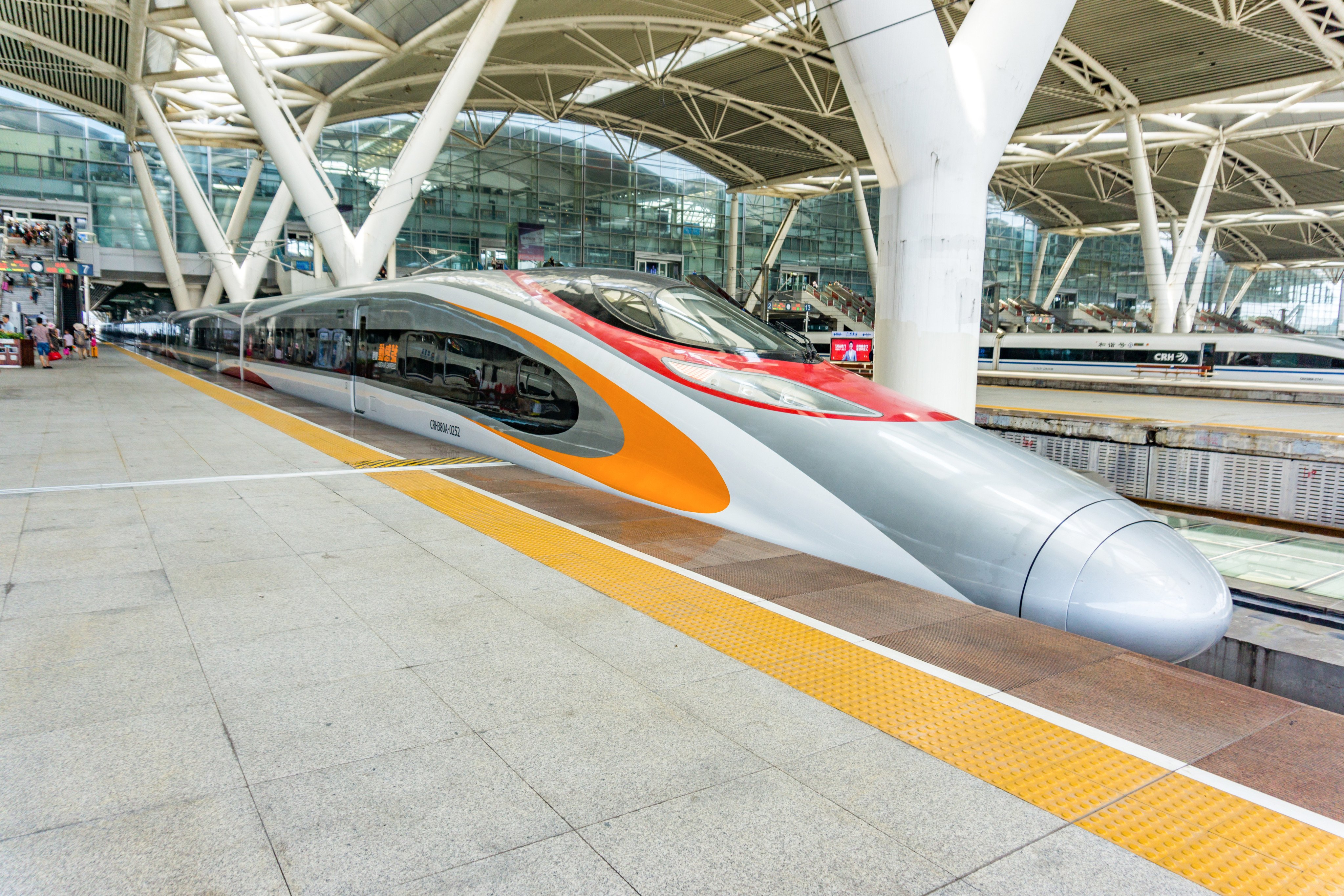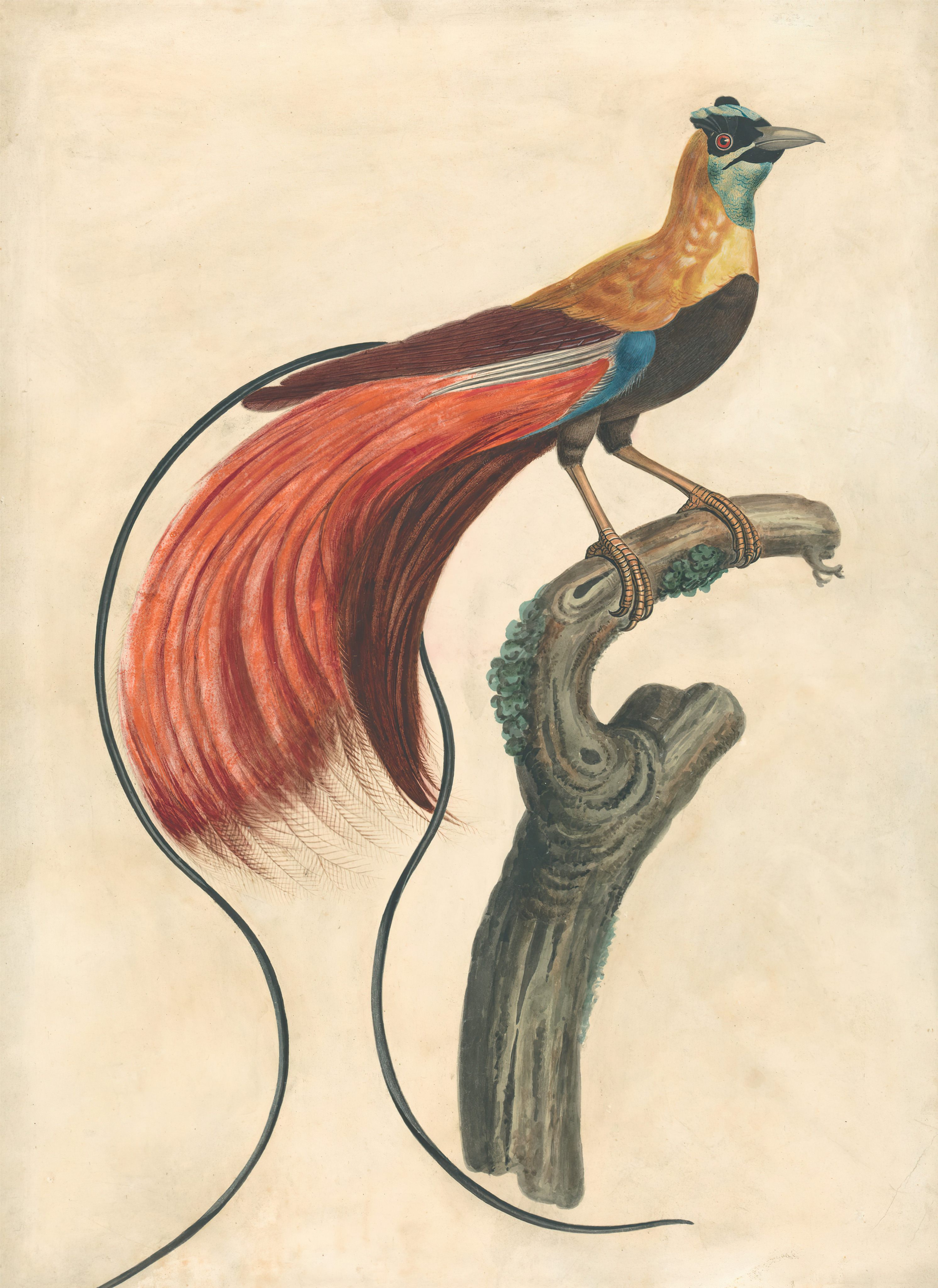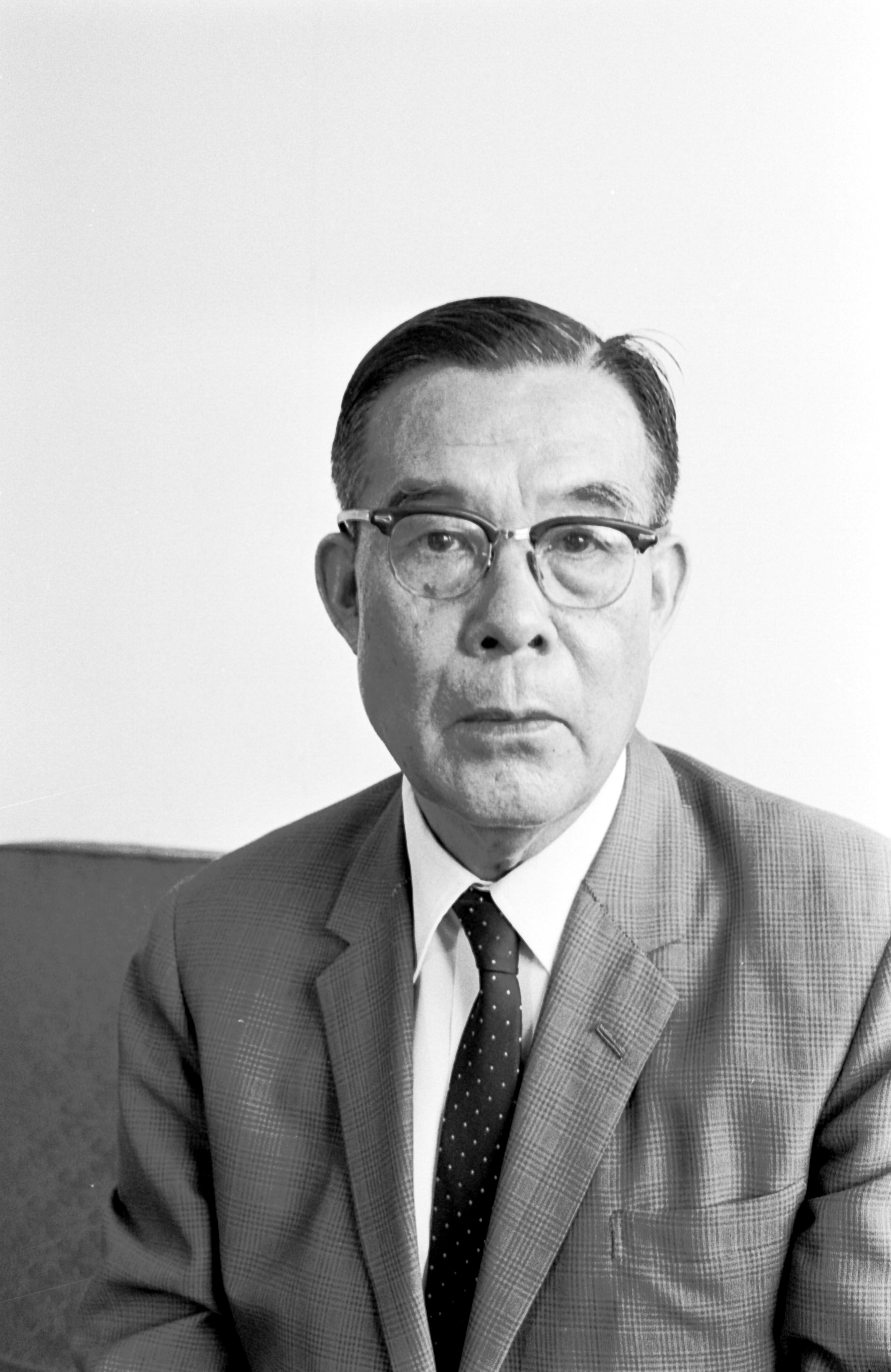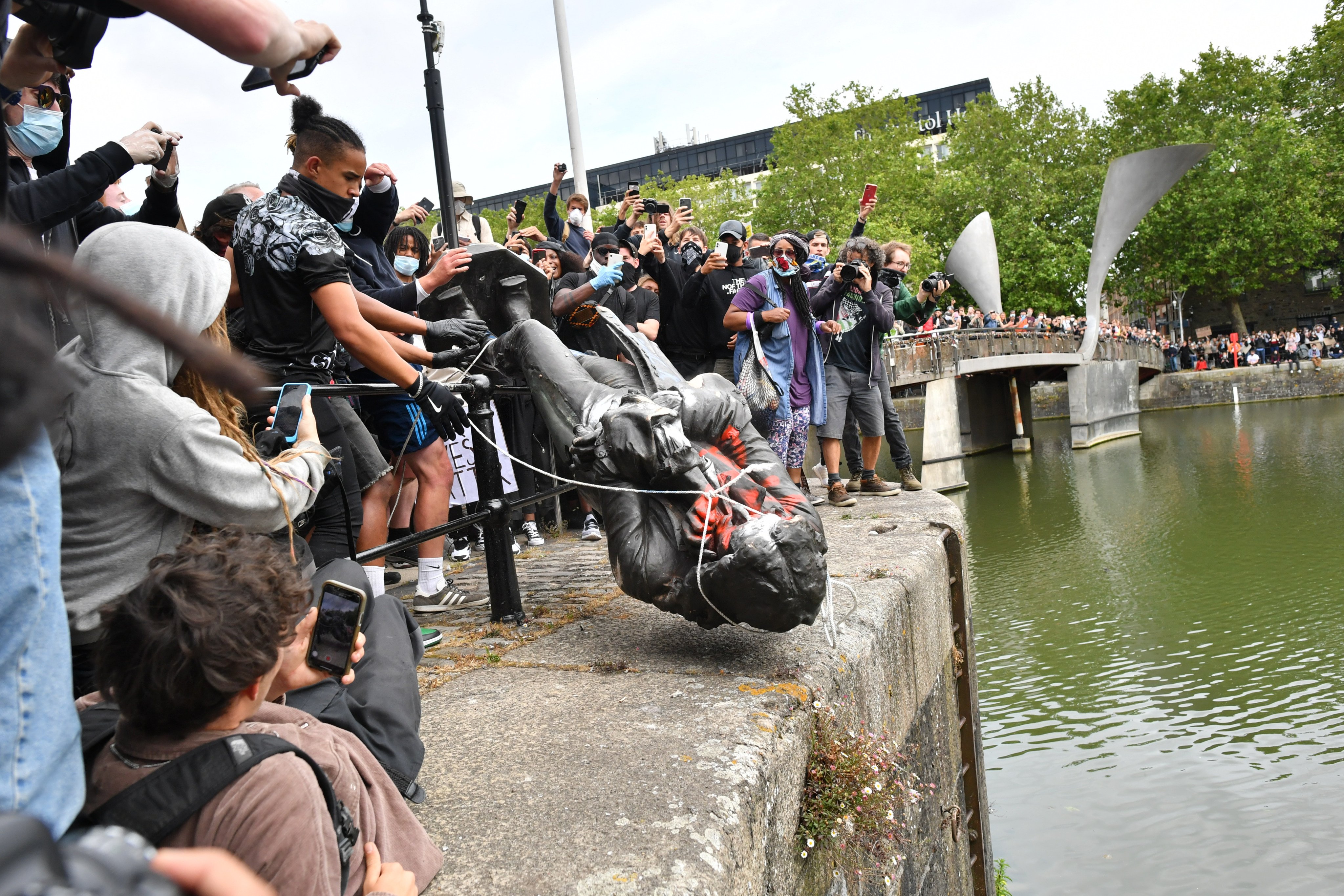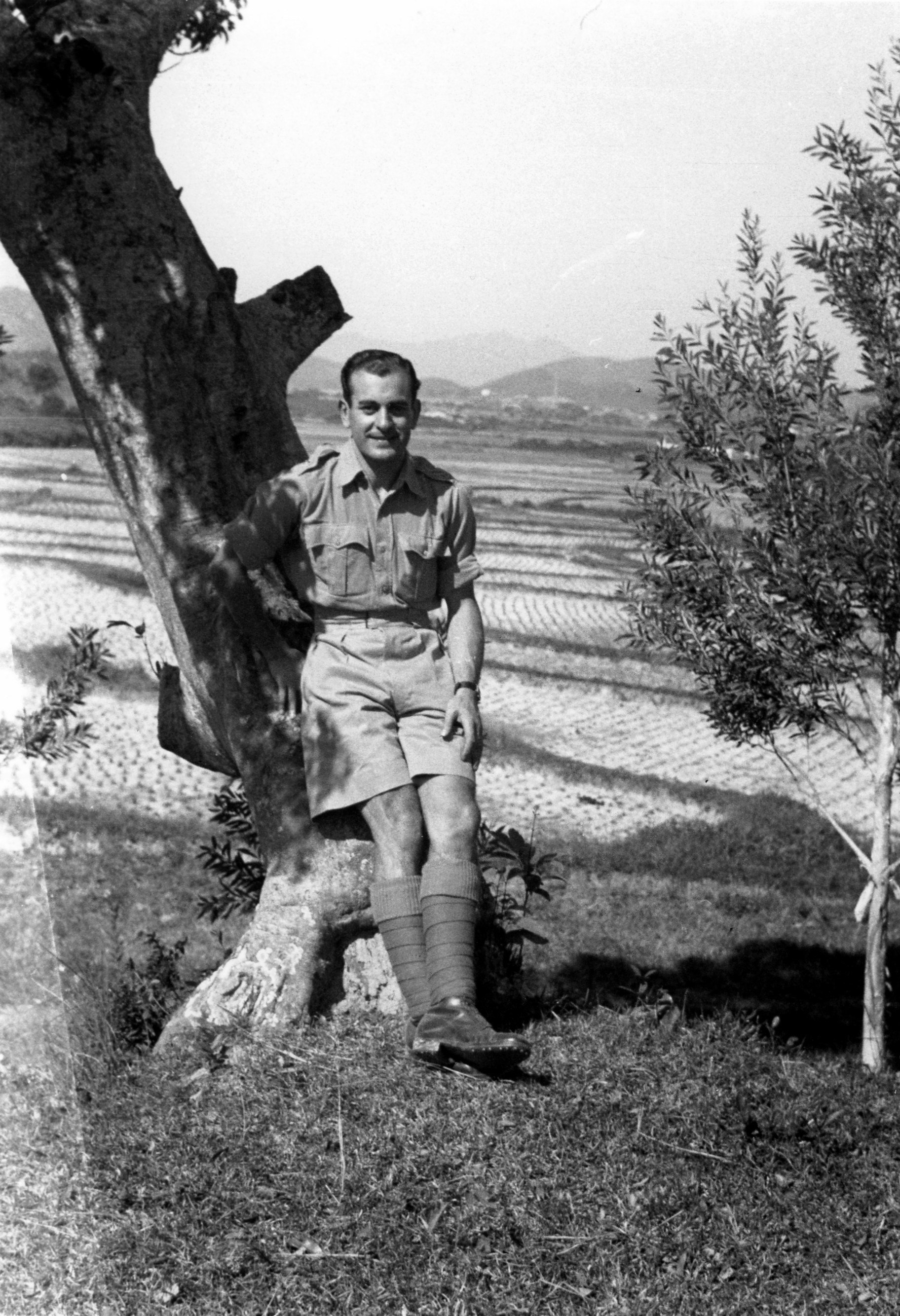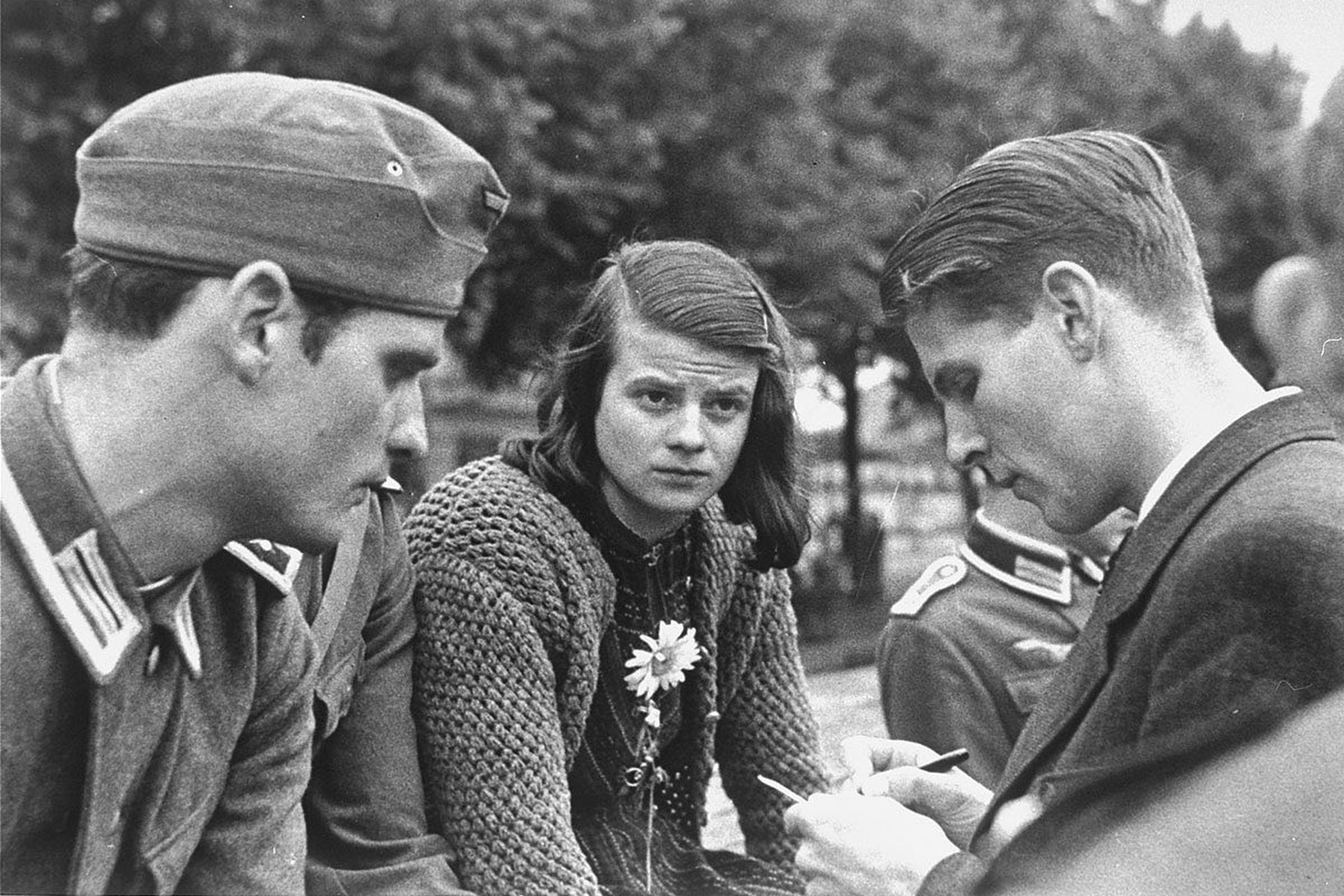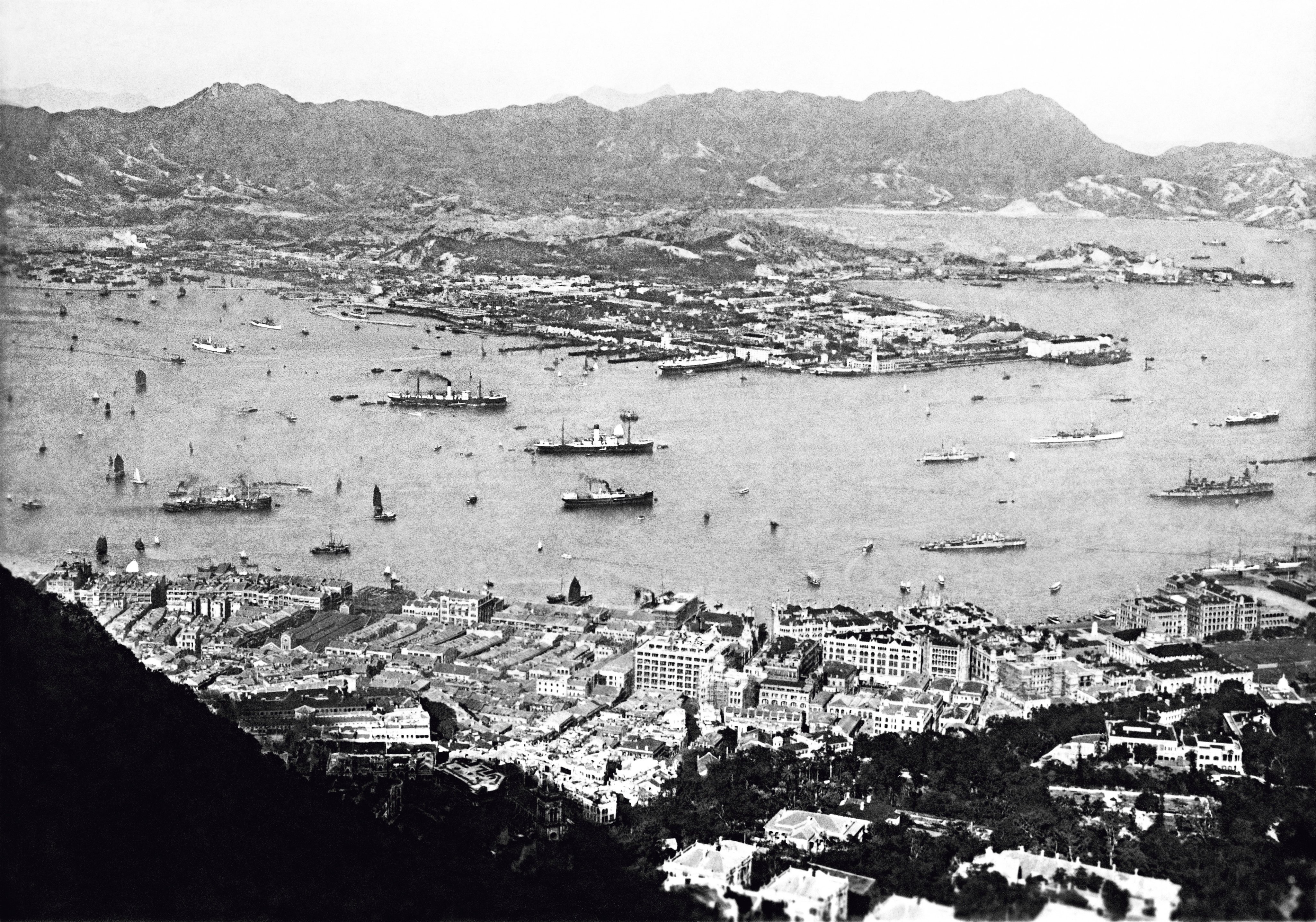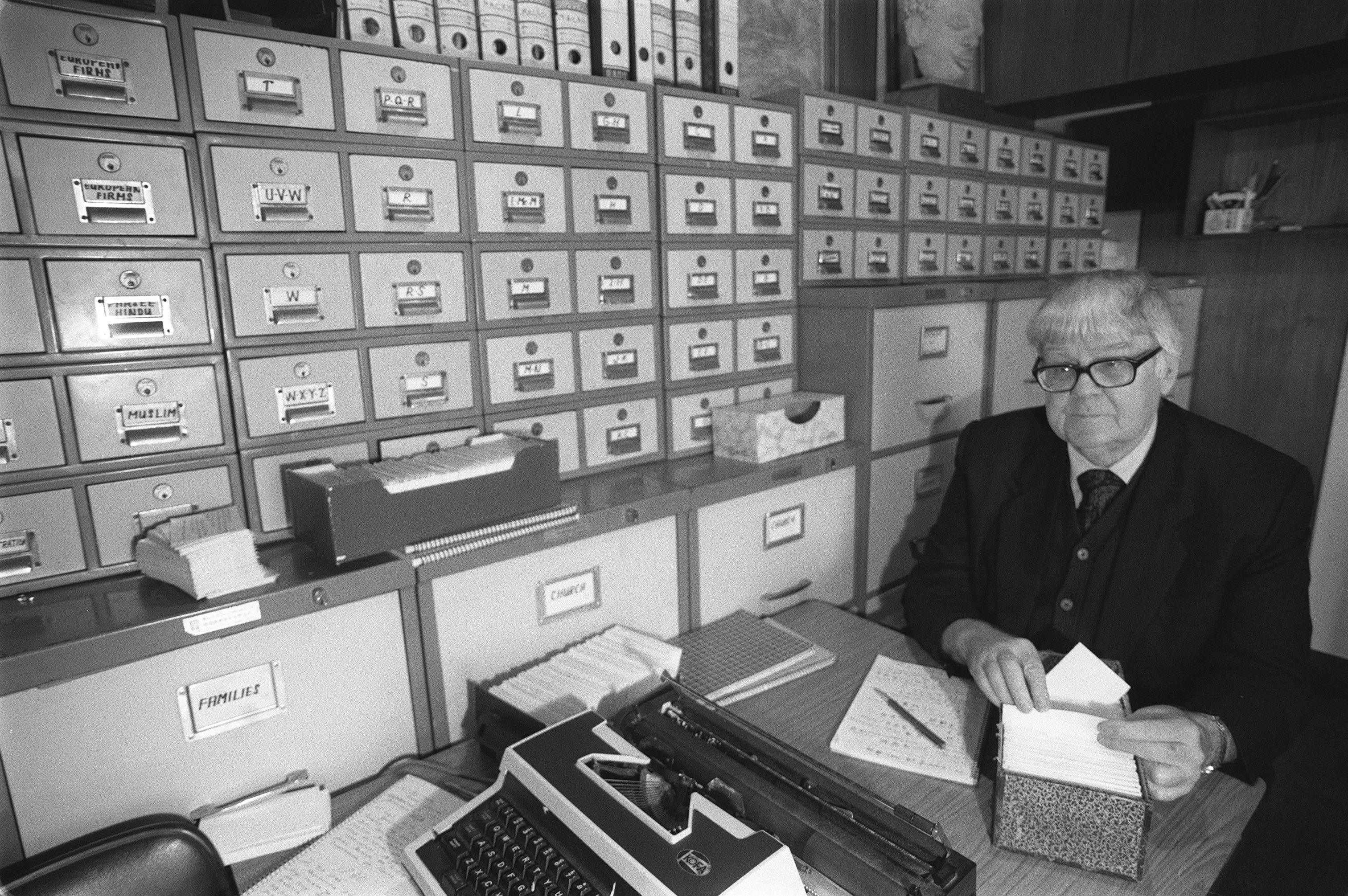
The Hong Kong Police did a superb job during the Mid-Autumn Festival Fire Dragon parade in Tai Hang, being helpful, efficient and with no one channelling their inner Darth Vader.
Once famous for its vibrant nightlife, Hong Kong has lost its mojo, and unimaginative attempts to revive it are only ‘doomed to fail’, as officials are apt to say these days.
Once wildly popular across the Chinese world, cheongsam have largely vanished into the pages of history – no thanks to Suzie Wong, and elite Hong Kong girls’ schools.
A century ago most of Hong Kong’s Chinese population was illiterate. The disappearance from the city’s streets of the professional letter writers they used is a reflection of its greatest societal achievement.
In the 18th and 19th centuries, Cantonese furniture was the benchmark of Chinese craftsmanship for the outside world, and renewed domestic demand for high-quality items is seeing traditional skill sets revived.
Relics of the past, Victorian-era bandstands were often a joint effort of local government and philanthropists – as was the case in Hong Kong – and became a focal point for communal entertainment.
The weather in Hong Kong is pleasant for only a few months starting in autumn, traditionally the start of the international tourist season. Clear skies used to be a draw, but they are a relative concept these days.
Canton-glaze ceramics, once considered ordinary and commonplace, are back in demand among Chinese consumers and restorers.
Relics of a bygone era, gas lamps can still be found in Hong Kong today – as long as one knows where to look.
In most pre-war Hong Kong buildings, ceilings are much higher than in contemporary structures; even in residential buildings, three metres or more is not uncommon.
Hong Kong’s ‘educated’ elite have turned their toxic attention to the LGBTQ community. Yet these self-appointed arbiters of ‘public morality’ don’t represent the view of the public as shown by opinion polls.
European visitors from Hong Kong Island and Kowloon would head to the New Territories for days at a time, for hunting, golfing, military responsibilities – or sometimes just to get away from it all.
Administrator and historian James Hayes’ love for Hong Kong’s hinterland is evident in the vast body of work he leaves behind.
Humankind has been leaving its mark on public spaces since time immemorial, but at what point does graffiti morph from cynical vandalism into historical public record worthy of preservation?
Hong Kong-born Portuguese scholar José Maria ‘Jack’ Braga was one of a group of amateur historians, including Austin Coates, whose spadework dug up unexpected riches for later authors to utilise.
Building on the Hong Kong Golf Club would be robbing future generations of a vital recreational asset and Hong Kong’s most precious ecological resources.
Economic relations between Hong Kong and the Philippines flourished in the 19th century, with one industry playing a significant role: rope making. Factories in Hong Kong sourced fibre from the Philippines.
With Hong Kong at a crossroads, the time is ripe for another book providing broad-ranging insight into the city, a feat not attempted since 1957’s comprehensive history work Hong Kong Business Symposium.
With freedom of speech and free access to the books of one’s choice in Hong Kong narrowing, a writer finds solace in one of life’s most basic certainties.
When Queen Elizabeth was crowned in 1953, Hong Kong celebrated with lion dances, fireworks and loyal toasts. For King Charles’ coronation in a now-foreign country, there was no such pomp and circumstance.
Loaded terms like colonialism are easily bandied about, but often poorly defined. Second-rate academics have built whole careers on the false premise that all colonisers were white, for instance.
British merchant Thomas Beale built a vast aviary in Macau in the early 19th century that housed birds from tropical Asia, including the exotic bird of paradise many naturalists had thought to be mythological.
The man responsible for highlighting Hong Kong’s status as a centre of cultural exchange was a scholar born in Guangdong who made the colony his home after the war.
UK newspaper The Guardian had historians expose its founders’ links to the Manchester cotton trade fed by slaves. How would Hong Kong react to similar revelations about its profiting from the opium trade’s misery?
Christopher D’Almada e Castro of Hong Kong’s Portuguese community was a distinguished lawyer who assisted British intelligence at great personal risk while in a Japanese prisoner of war camp.
As Germany’s wartime White Rose resistance group demonstrates, the perils of speaking truth to tyrannical power are real, but history will remember those brave souls with the reverence they deserve.
An Australian painted a picture of Hong Kong both wonderful and weirdly familiar in a 1923 travelogue belatedly published last year. He marvelled at its roads and night vistas, and disliked its drab buildings.
A prolific and distinct school of painting flourished in Hong Kong after the Pacific war, and two individuals stand out for their invaluable contribution.
Among Hong Kong historians, one of the most significant yet underappreciated researchers was an American reverend who believed in quietly working on his hobby.
Back when ready-to-wear was the height of fashion, handmade dresses were the everyday domain of most women in Asia – with travelling tailors offering their takes on the latest trends.

